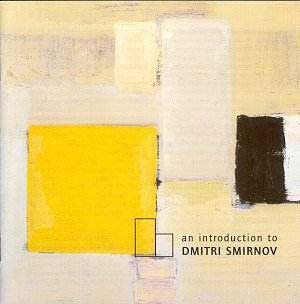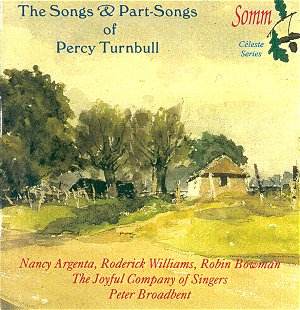 Composer: Dmitri Smirnov
Composer: Dmitri Smirnov
Works: Elegy for Cello Op.97a, Piano Sonata No.4 Op.124, Violin Sonata No.3 Op.109, Piano Trio No.1 Op.23, Cello Sonata Op.25, Postlude for Violin Op.112
Performers: Patricia Kopatchinskaya (violin), Alexander Ivashkin (cello), Ivan Sokolov (piano)
Recording: Moscow Radio House, August 2001
Label: MEGADISC MDC 7818
Dmitri Smirnov, a prominent figure in contemporary classical music, presents a compelling collection of works that traverse the emotional landscape of human experience. This disc features a selection of chamber pieces that encapsulate nearly three decades of his compositional evolution, ranging from the early Piano Trio No.1, composed in 1977, to the more recent Piano Sonata No.4, written in 2000. Smirnov’s music reflects his deep engagement with the legacy of Russian composers while simultaneously innovating within the framework of late 20th-century techniques, such as dodecaphony and quarter tones, which he skillfully integrates into a melodic context.
The performance by Kopatchinskaya, Ivashkin, and Sokolov is marked by an acute sensitivity to the varied emotional textures of Smirnov’s music. In the Piano Trio No.1, the trio deftly navigates the contrasting stages of life depicted in the three movements. The opening movement, representing origin and birth, conveys an initially hesitant yet progressively vibrant character, with the performers capturing this journey with a palpable sense of momentum. The Scherzo, characterized by nervous energy, showcases the ensemble’s tight synchronization, while the final movement’s elegiac qualities resonate deeply, underscored by Ivashkin’s expressive cello playing, which invokes a poignant reflection on mortality.
The Cello Sonata Op.25 serves as a fascinating exploration of Smirnov’s extended harmonic vocabulary. The work’s concise structure belies its depth, as it traverses a rich emotional terrain while retaining a melodic focus that is distinctly Smirnov’s. Here, the technical prowess of Ivashkin becomes particularly evident as he navigates the intricate passages with both precision and lyrical nuance, demonstrating an understanding of the sonata’s complex interplay of voices.
Smirnov’s Elegy for Cello Op.97a stands out as a deeply moving tribute to Edison Denisov. The combination of solo cello and crystal glasses creates an ethereal auditory experience, with the glasses adding a haunting, otherworldly timbre that complements the cello’s heartfelt lament. The performers effectively exploit the dynamic contrasts inherent in the score, leading to a cathartic climax before descending into a tranquil resolution that resonates with the listener long after the final notes fade.
The Violin Sonata No.3 “Es ist…” Op.109 and the Postlude for Violin Op.112 further illustrate Smirnov’s talent for melding personal narrative with broader cultural references. The former work, with its Bach-derived motifs, allows Kopatchinskaya to shine as she imbues the slow movements with a profound sense of introspection. The Postlude, rich with allusions to Schnittke and Shostakovich, offers a reflective space for both the performer and the audience, echoing the elegiac themes prevalent throughout the album.
Sound quality on this recording is commendable, with a clear balance between the instruments that allows for the intricate textures of Smirnov’s writing to emerge vividly. The engineering captures the nuances of dynamics and articulation, providing an immersive listening experience that does justice to these complex works.
This release serves not only as an introduction to Smirnov’s personal sound world but as a significant contribution to the contemporary classical canon. The performers’ interpretations are both technically accomplished and emotionally resonant, bringing Smirnov’s intricate musical language to life. With this album, one can hope for a wider recognition of Smirnov’s orchestral works, as the depth and richness of his chamber compositions suggest a wealth of orchestral potential waiting to be explored. The recording is warmly recommended for those seeking a meaningful journey through the evolving landscape of late 20th-century music.



